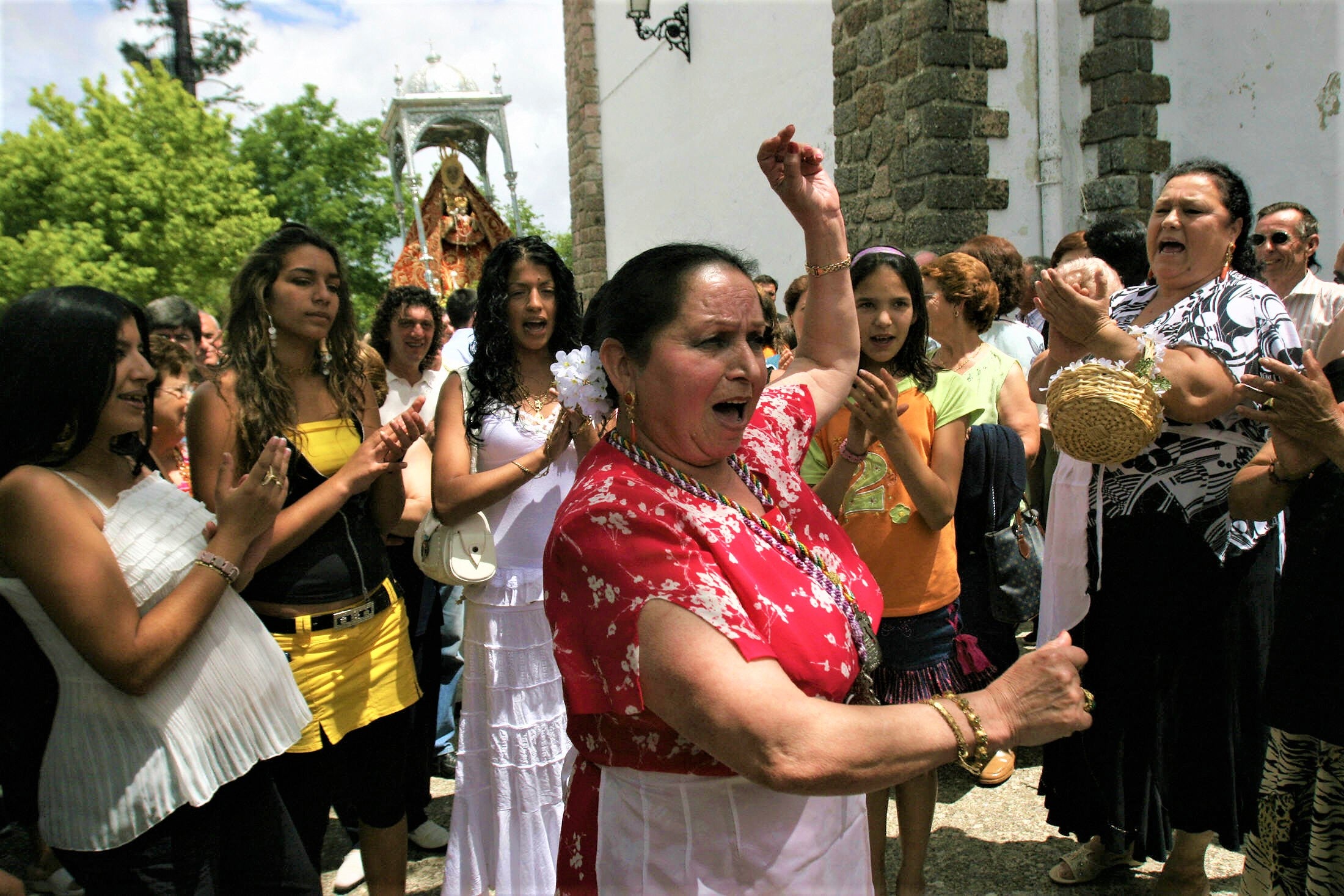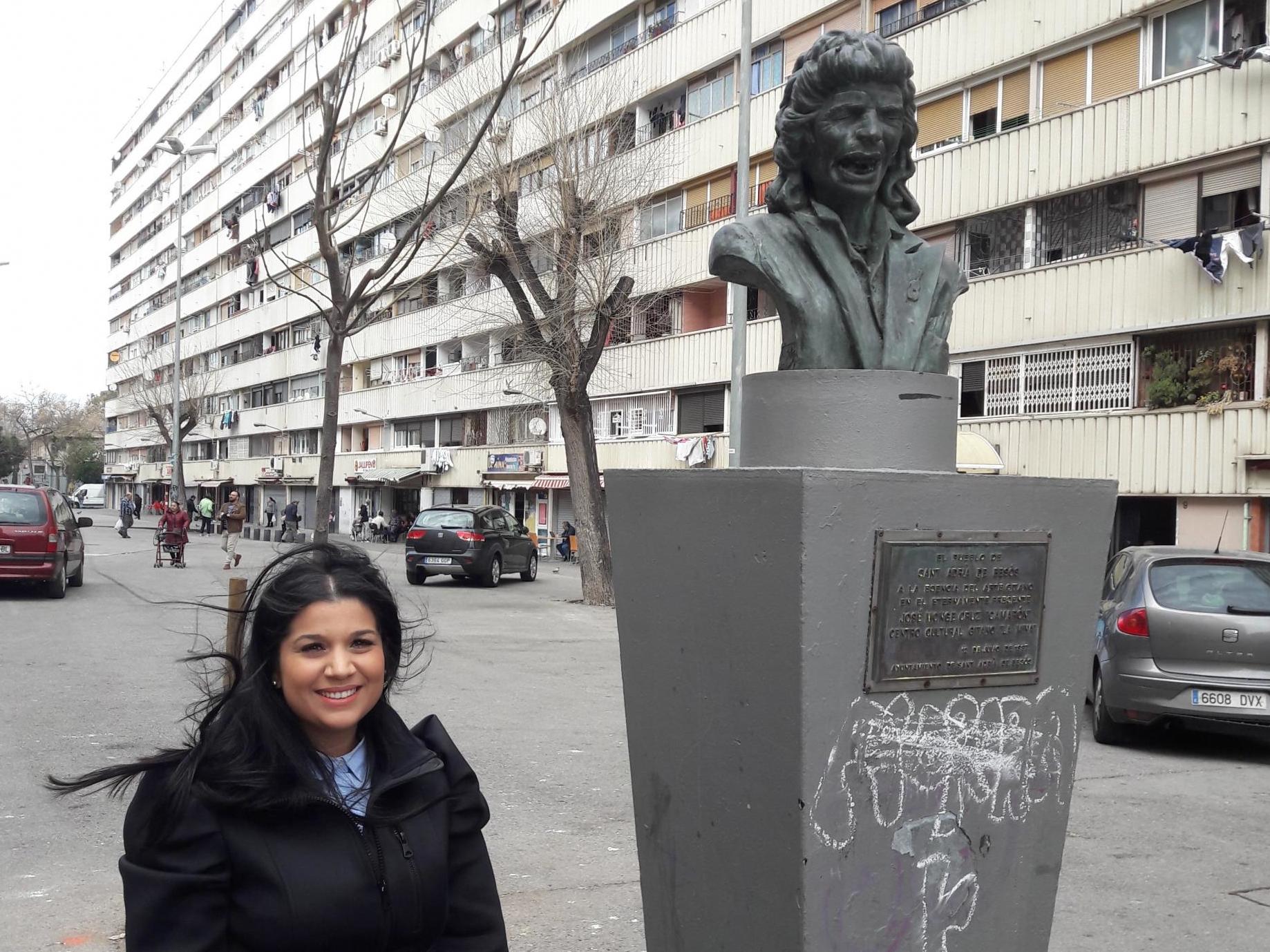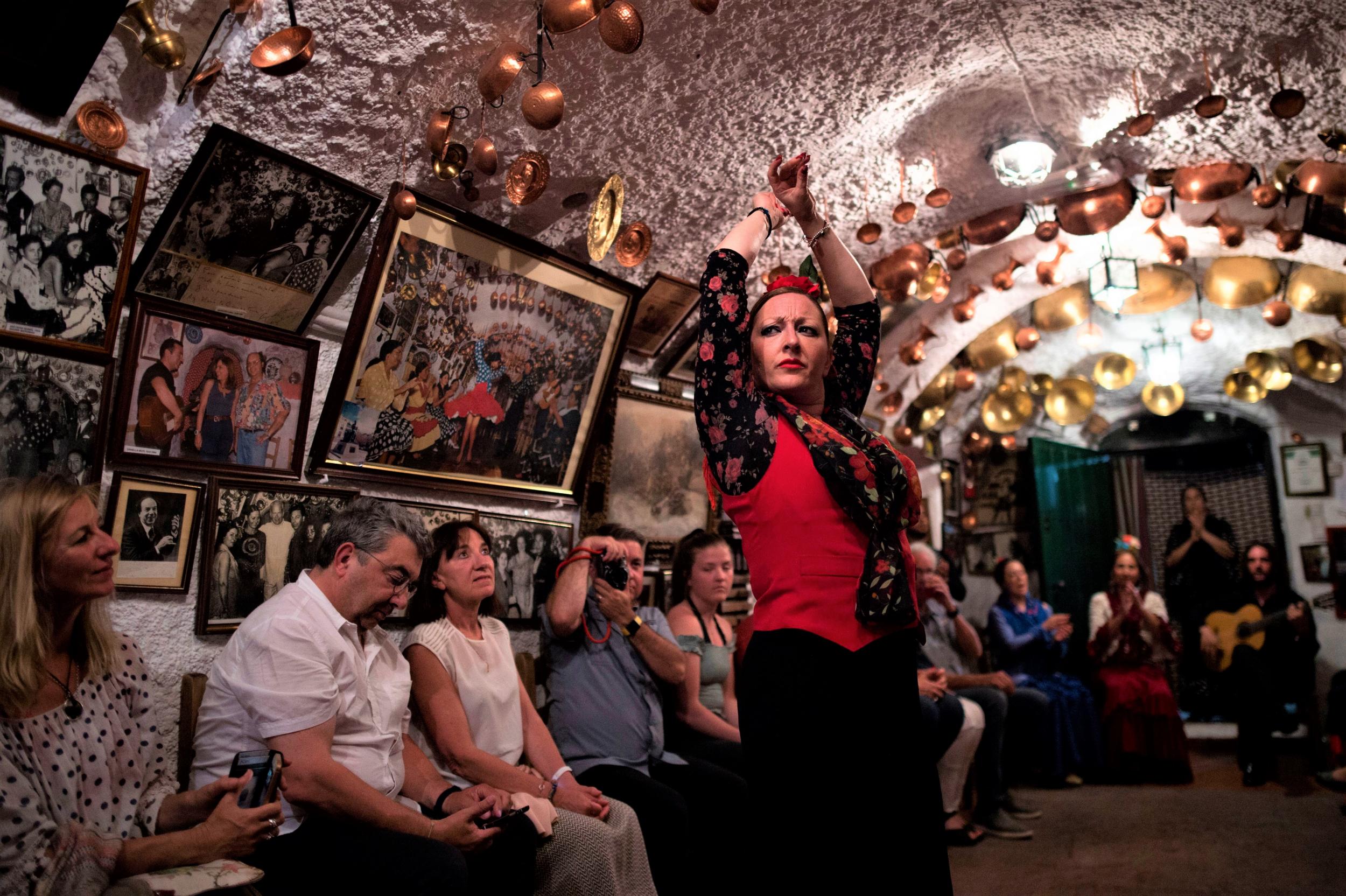‘We have a long way to go’: How Spain’s gypsies are trying to break through the glass ceiling
Roma people more likely to suffer poverty and social exclusion, but there is hope things are changing – albeit slowly, Graham Keeley reports from Barcelona


Susana Martinez Heredia grew up in a notorious part of Barcelona that tourists never see.
Her school friends were banned from playing at her house in La Mina because its grim tower blocks were a byword for lawlessness and poverty.
However, for Martinez her meagre upbringing was not the only barrier to contend with: she also faced prejudice for being a gypsy.
Nearly half of the 750,000 Roma people – commonly known as gypsies – who live in Spain suffer extreme poverty, surviving on an average of €310 (£270) per month, according to the United Nations. Only 17 per cent of children complete secondary education to 16 years.
Despite these disadvantages, Martinez made it to university, then secured a place to study at Esade, a prestigious business school that is consistently ranked as one of the best in the world.
Esade stands in Pedralbes, an area overlooking Barcelona, which was once home to King Felipe VI’s sister Cristina and is the playground of bankers and politicians.
It is a world away from the streets of La Mina, which was a dumping ground for the city’s poor during the era of the dictator General Francisco Franco.
When she started an MBA in tax management at Esade, Martinez felt she had finally broken through the glass ceiling, which has proved elusive for gypsies for hundreds of years.

“None of my classmates at Esade had ever met a gypsy; they did not know anything about our lives. They were curious,” she says.
“I am not sure if I have really broken through, though of course it is good that someone from my background has gone to a place like Esade. However, there are only three gypsy MPs in the Spanish parliament and there should be more.
“We seem to make progress, then take a step back.”
Roma were not recognised as equal citizens in Spain until the 1978 constitution restored democracy after the death of Franco three years earlier.
Before then, few Roma went to school, and they were barred from taking up public office or joining the professions.
Martinez’s parents Josefa Heredia and Jose Andres Martinez did not learn to read until they were in their sixties.
Her father juggled part-time jobs while her mother sold T-shirts and cleaned houses.
“When I was a girl I was sad my friends could not come to play at my house. Some did not come because I am a gypsy,” says Martinez, 28, who now works as an economist and still lives in La Mina.
As we stroll through the streets where she grew up in, she stops by a statue of Camaron de la Isla, a flamenco singer who made the art form famous by crossing over into mainstream pop.
“My parents and my grandmother always believed education would be the thing that would give us a chance in life, not money. They would scrape money together to send me to a half-private school. Sometimes they did not have the money so had to beg to delay payments.”
It is great that I am representing the gypsy community but this has only come after 600 years of prejudice
Today there are an estimated 10 million Roma across Europe, according to the UN.
Philip Alston, the UN rapporteur for extreme poverty who visited Spain last month, delivered a damning report on the state of the Roma community.
He said some 80 per cent live in poverty or social exclusion. Being at risk of poverty or social exclusion is defined as being in income poverty, severely materially deprived or living in households where few people are employed.
“Roma people face staggeringly high rates of poverty and associated indicators in Spain,” Alston said in a report.
“Government officials agreed that the situation for many Roma people is dire, but I was struck by the lack of urgency and the resignation with which they accepted that entire parts of the population have been relegated to third class citizens with little access to the rights to which they are entitled. Some officials with whom I spoke seemed only concerned with ticking certain action boxes, rather than achieving any tangible results.”
In the popular imagination, famous figures from the world of flamenco such as Camaron or the dancer Joaquin Cortes are seen as models of successful gypsies.
However, they do not represent real life for many Roma.
Spain’s new left-wing coalition of the Spanish Socialist Workers’ Party and the far-left Unidas Podemos have sought to give gypsies a real role in society.

Beatriz Carrillo de los Reyes, a Socialist MP, was named as the head of a parliamentary commission on domestic violence, the first gypsy to ever take such a role.
“It is great that I am representing the gypsy community, but this has only come after 600 years of prejudice,” she says.
Carrillo, 44, an MP who comes from a small village near Seville, has not grown up in the same grinding poverty as Martinez.
However, she related how casual prejudice against gypsies is alive and well in Spain, from songs children sing in school to the attitude of police.
“My brother had his car broken into and the police told him that it ‘must be gypsies who had done it’. He had to tell them that he was a gypsy,” remembers Carrillo.
We seem to make progress – then take a step back
“When I rented a flat the landlord said he was glad a nice girl like me had rented the place ‘and not a bunch of gypsies’!”
Carrillo believes that the media does little to dispel the popular myths about gypsies that they are either criminals or do nothing but throw huge, garish weddings.
However, she is hopeful that things are slowly changing.
“We have a long way to go, but of course it is a good thing we are starting to see more gypsy politicians, company directors and women coming through and not simply spending their lives having children and getting married.”
Join our commenting forum
Join thought-provoking conversations, follow other Independent readers and see their replies
Comments